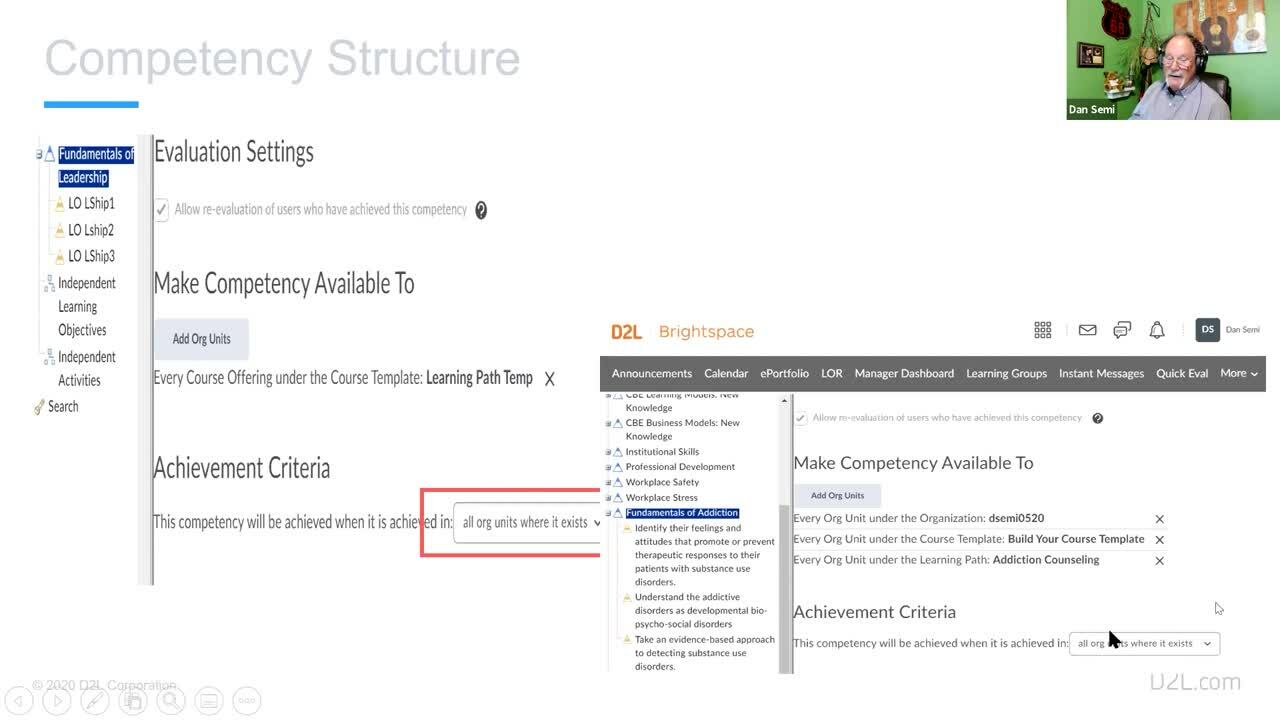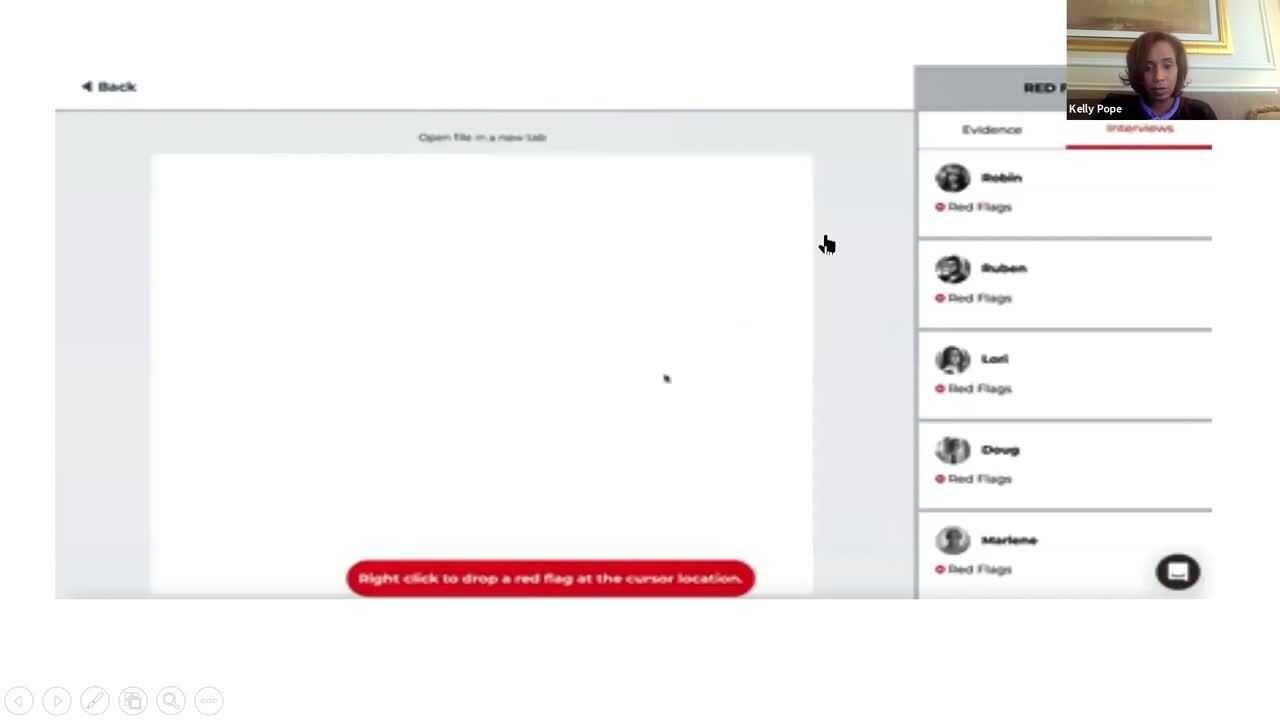Nov
2021
VictoryXR K-12 Education
VictoryXR Review: K-12 Education Comes to Life in VR
Immersive and powerful VR educational content library
Digital Literacy for St. Cloud State University
Immersive and powerful VR educational content library
+++++++++++++++++
more on haptic in this IMS blog
https://blog.stcloudstate.edu/ims?s=haptic
https://www.linkedin.com/pulse/company-leaders-your-teams-need-vr-headsets-yesterday-john-duffield/
According to Gartner’s Hype Cycle, VR was last featured in the “Slope of enlightenment” in 2017, which is stage 4 out of 5 on the way to mass adoption.
“the economic layer of Metaverse will be the NFTs”
REVOREDO, T. (2021, November 14). Why are major global brands experimenting with NFTs in the Metaverse? [Financial]. Cointelegraph. https://cointelegraph.com/news/why-are-major-global-brands-experimenting-with-nfts-in-the-metaversehttps://hyp.is/go?url=https%3A%2F%2Fcointelegraph.com%2Fnews%2Fwhy-are-major-global-brands-experimenting-with-nfts-in-the-metaverse&group=__world__

what do blockchain technology and NFTs have to do with Metaverse?
it is already possible to identify some of the characteristics of Web 3.0 such as the focus on the user (and not on companies), the massive use of artificial intelligence (as a powerful tool to provide the best analysis and the best result to people), as well as distributed networks (we will no longer depend on the gigantic centralized data servers). Moreover, Web 3.0 content will be more graphical with more videos and 3D images. Also, in Web 3.0, augmented reality (AR) and virtual reality (VR) will be commonplace, bringing more realistic graphics to applications and games
In July this year, Coca-Cola launched branded virtual clothing as nonfungible tokens,
NFTs are the representation of a nonfungible asset in digital media. In a more technical definition, an NFT is a piece of software code that verifies that you hold ownership of a nonfungible digital asset, or the digital representation of the nonfungible physical asset in digital media.
It’s important to notice that NFTs existed before the first blockchain, but blockchain technology has transformed NFT markets by solving the double-spending problem and conferring scarcity, uniqueness and authenticity to a nonfungible token.
+++++++++++++++++++
more on NFT in this IMS blog
https://www.d2l.com/events/regional/gamification-network


EaseVRx employs the principles of CBT and other behavioral therapy techniques for the purpose of reduction of pain and pain interference. The prescription device, which is intended for at-home self-use, consists of a VR headset and a controller, along with a “Breathing Amplifier” attached to the headset that directs a patient’s breath toward the headset’s microphone for use in deep breathing exercises. The device’s VR program uses established principles of behavioral therapy intended to address the physiological symptoms of pain and aid in pain relief through a skills-based treatment program. These principles include deep relaxation, attention-shifting, interoceptive awareness–the ability to identify, access, understand and respond appropriately to the patterns of internal signals—and perspective-taking, distraction, immersive enjoyment, self-compassion, healthy movement, acceptance, visualization, knowledge of pain and rehabilitation.
++++++++++++++++
More on immersive in this blog
https://blog.stcloudstate.edu/ims?s=immersive
a spatial VR environment where they can work together
Microsoft and Meta are on a collision course for metaverse competition By Tom Warren@tomwarren Nov 2, 2021, 11:00am EDT
Microsoft Mesh always felt like the future of Microsoft Teams meetings, and now it’s starting to come to life in the first half of 2022. Microsoft is building on efforts like Together Mode and other experiments for making meetings more interactive, after months of people working from home and adjusting to hybrid work.
:no_upscale()/cdn.vox-cdn.com/uploads/chorus_asset/file/22978968/Mesh_for_Teams_grid.png)
Rather than ruling one metaverse, Microsoft wants its Mesh platform to be the glue that holds a multiverse of many worlds together.
Microsoft has been developing its own take on the metaverse through Mesh for several years now in conjunction with the launch of its Hololens AR headset.
Microsoft connects people across any device (smartphones, laptops, headsets, etc.) into shared spaces where they can all interact, no matter how they may have dialed in.
Microsoft imagines Teams as a prototype for the metaverse, where companies can set up their own spaces. Rather than rule its own metaverse as Meta/Facebook aspires to, Microsoft sees its role with Mesh in providing the foundational glue that helps hold a multiverse of worlds together. This is not just a philosophical view on technology. Microsoft’s Mesh is built to allow companies to use APIs, much like apps can on the iPhone today, to help a company build its metaverse and have a persistent identity across all these metaverses.
+++++++++++++++++
more on metaverse in this IMS blog
https://blog.stcloudstate.edu/ims?s=metaverse
The Digital Library Federation’s recently published #DLFteach Toolkit Volume 2: Lesson Plans on Immersive Pedagogy may be of interest to some of you.
“The #DLFteach Toolkit 2.0 focuses on lesson plans to facilitate disciplinary and interdisciplinary work engaged with 3D technology. As 3D/VR technology becomes relevant to a wide range of scholarly disciplines and teaching context, libraries are proving well-suited to coordinating the dissemination and integration of this technology across the curriculum. For our purposes, 3D technology includes, but is not limited to Augmented Reality (AR) and Virtual Reality (VR) technologies, 3D modeling and scanning software, 3D game engines and WebGL platforms, as well as 3D printers and extruders. While 3D/VR/AR technologies demonstrate real possibilities for collaborative, multidisciplinary learning, they are also fraught with broader concerns prevalent today about digital technologies.”
+++++++++++++++++++++++++++
Dalton, C. (2021). 3D Modeling for Historical Reconstruction. #DLFteach. Retrieved from https://dlfteach.pubpub.org/pub/vol2-dalton-3d-modeling-for-historical-reconstruction
https://dlfteach.pubpub.org/pub/vol2-dalton-3d-modeling-for-historical-reconstruction/release/1
=======++++++++++++++++++++++++++++
Clark, J. L. (2021). Creating an Equally Effective Alternative Action Plan for Immersive Technologies. #DLFteach. Retrieved from https://dlfteach.pubpub.org/pub/vol2-clark-creating-an-equally-effective-alternative-action-plan
Zoom, Teams, Skype, and FaceTime all became daily fixtures, and many of us quickly became fatigued by seeing our colleagues, students and far-away loved ones almost exclusively in 2D. Most video conferencing solutions were not designed to be online classrooms. what is missing from the current video platforms that could improve online teaching: tools to better facilitate student interactions, including enhanced polling and quizzing features, group work tools, and more.
While universities continue to increase in-person and HyFlex courses, hoping to soon see campuses return to normalcy, there is mounting evidence that the increased interest in digital tools for teaching and learning will persist even after the pandemic.
We should move beyond 2D solutions and take advantage of what extended reality (XR) and virtual reality (VR) have to offer us.
Professor Courtney Cogburn created the 1,000 Cut Journey, an immersive VR research project that allows participants to embody an avatar that experiences various forms of racism. Professor Shantanu Lal has implemented VR headsets for pediatric dentistry patients who become anxious during procedures. At Columbia Engineering, professor Steven Feiner’s Computer Graphics and User Interfaces Lab explores the design and development of 2D and 3D user interfaces for a broad range of applications and devices. Professor Letty Moss-Salentijn is working with Feiner’s lab to create dental training simulations to guide dental students through the process of nerve block injection. Faculty, students and staff at Columbia’s Media Center for Art History have created hundreds of virtual reality panoramas of archaeology projects and fieldwork that are available on the Art Atlas platform.
In spring 2020, a group of Columbia students began to build “LionCraft,” a recreation of Columbia’s Morningside campus in Minecraft. Even though students were spread out around the world, they still found creative and fun ways to run into each other on campus, in an immersive online format.